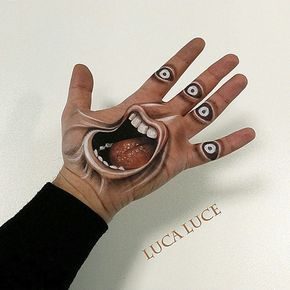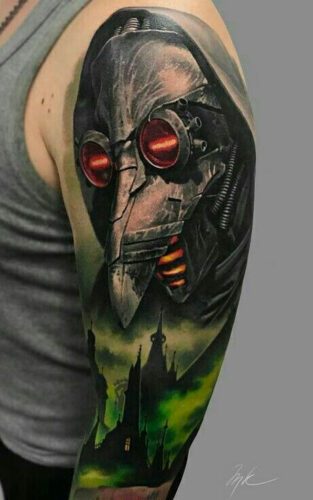
In the dynamic world of body art, tattoos have always been a canvas for self-expression, challenging societal norms, and embracing individual uniqueness. Among the myriad of tattoo designs, one has recently gained prominence for its powerful symbolism – the Plague Tattoo. This article explores the profound meaning behind the Plague Tattoo, its historical roots, and the emerging trend of embracing unconventional body art as a form of empowerment
Unveiling the Plague Tattoo:
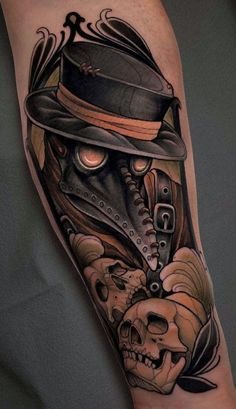
The Plague Tattoo is more than just ink on skin; it is a symbolic and visually striking design that stands as a testament to the strength and resilience of those who have felt like outcasts in society. Comprising intricate images of rats, skulls, and plague doctors, this tattoo encapsulates the dark and mysterious nature of the era it draws inspiration from.
Historical Significance:
The design’s roots trace back to the time of the bubonic plague when those afflicted by the deadly disease were shunned and ostracized from their communities. The Plague Tattoo draws inspiration from this historical backdrop, serving as a visual narrative of defiance against adversity and a celebration of survival.
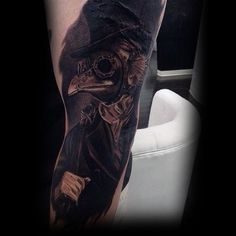
During the plague, individuals deemed infected became societal outcasts, left to endure the torment of isolation. Plague doctors, recognizable by their long beaked masks and cloaks, emerged as symbolic figures associated with both healing and death. The Plague Tattoo intricately weaves together these elements, creating a design that carries layers of historical and emotional significance.
The Deeper Meaning:
While the Plague Tattoo may strike some as morbid, its true essence lies in its ability to symbolize defiance, resilience, and the triumph over isolation. In adopting this unique body art, individuals reclaim their narratives, turning the stigma associated with the plague into a source of empowerment. The tattoo becomes a reminder that even in the darkest times, strength can be found within.
The Modern Resurgence:

In recent years, the Plague Tattoo has experienced a resurgence in popularity as more people recognize its profound symbolism. Beyond its historical roots, the tattoo has become a visual representation of resilience and empathy. Those who bear the Plague Tattoo carry a visual reminder of their ability to overcome challenges and emerge stronger.
Conclusion:
The Plague Tattoo stands as a testament to the transformative power of body art. It transcends its historical origins to become a symbol of strength, resilience, and the triumph of the human spirit over adversity.
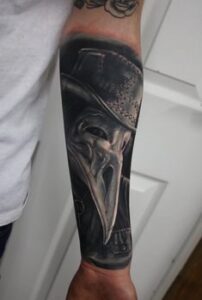
As the trend of embracing unconventional body art grows, the Plague Tattoo takes its place as a unique and empowering form of self-expression, allowing individuals to rewrite their narratives and wear their stories proudly on their skin.





